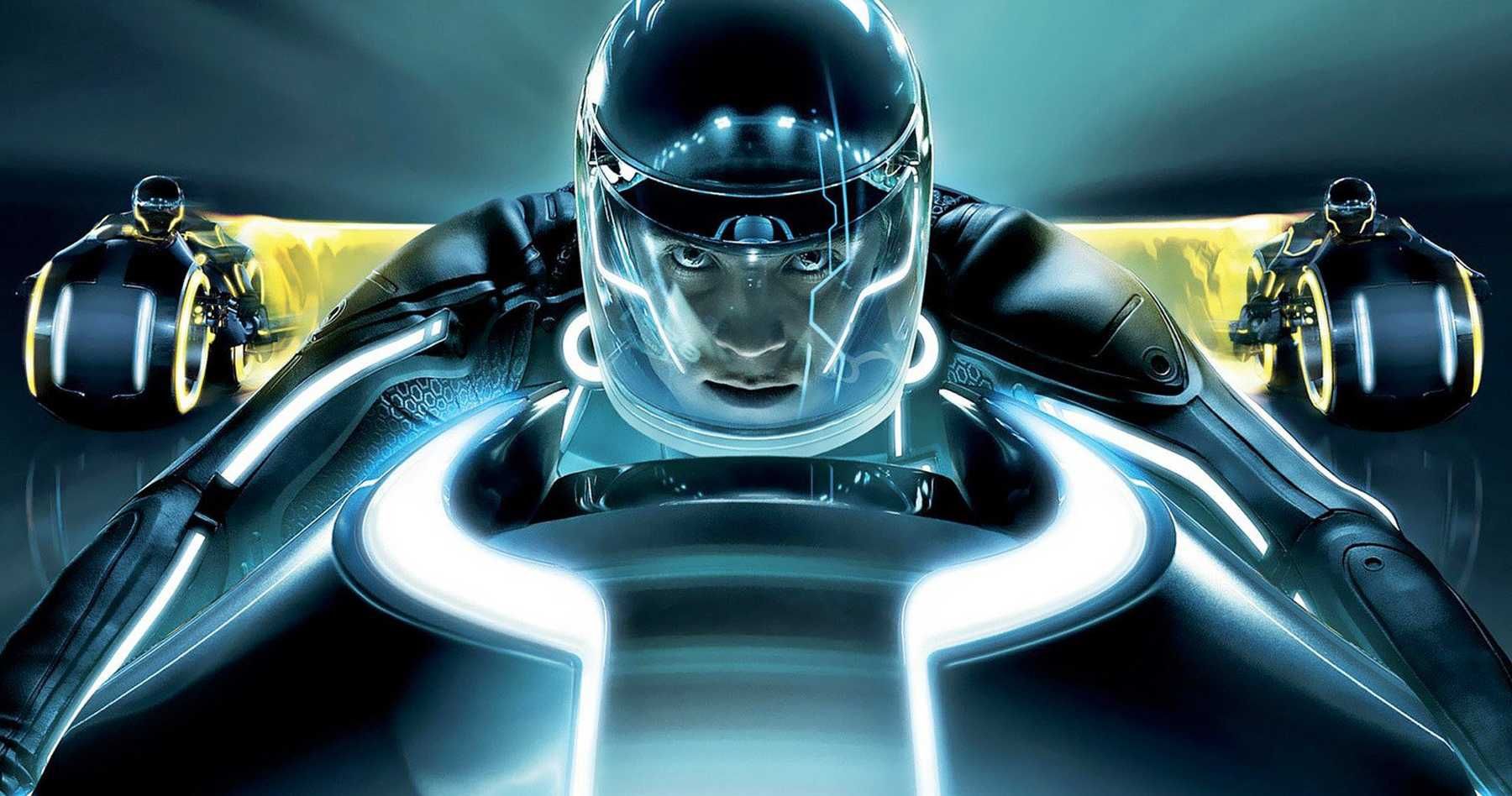This year marks the 10th anniversary of Tron: Legacy, which allowed audiences to once again experience the wonders of The Grid almost three decades since the original Tron lit up the big screen. In anticipation of this, Tron: Legacy director Joseph Kosinski has been discussing his long-awaited sequel, providing some interesting details regarding how the movie was brought to neon life.
"What they did is insane on the first movie with the hand-traced rotoscoping of every frame. It's crazy, but it's what makes Tron look like Tron and all those choices on Legacy were what make Legacy look and feel like it does. I'm glad we did it and I was obviously very lucky to have it. I feel very lucky for it to be my first film. Even though the experience was really challenging and hard, and we shot the whole thing, I think, in like 65 days."
"Looking back, I just have good memories of the experience and the support of the studio was pretty astonishing for a first-timer. I really got to do everything I wanted to do on that movie. I don't ever take that for granted. That was quite a leap of faith they took and it was great. Those are really good memories of the whole process."
For those who aren't familiar with the rotoscoping process, it is a technique that requires animators to trace over film footage frame by frame to produce realistic action. In the old days of filmmaking, animators used glass panels for tracing, which as you can no doubt imagine was incredibly time-intensive. Such was the case for the original Tron, and while computers have made rotoscoping significantly easier over the last several decades, Joseph Kosinski felt it was important that Tron: Legacy make use of the process too. This was absolutely the right call, as the distinctive look of Tron and The Grid is what most remember.
Kosinski's Tron: Legacy picks up following the disappearance of Jeff Bridges' Kevin Flynn. Skipping forward to 20 years later, the main narrative follows Kevin's son, Sam, played by Garrett Hedlund, who discovers a message believed to have been sent by his father. Sam soon finds himself transported into The Grid, where he not only reunites with Kevin and meets an algorithm named Quorra, but also clashes with the program Clu, played by a digitally de-aged Jeff Bridges, who is trying to make his way into the real world.
Despite all the efforts that went into creating the movie's look, Tron: Legacy earned a mixed critical reception, and ended up making over $400 million worldwide off a $170 million budget, which sadly was not enough to warrant the sequel that Joseph Kosinski had planned.
The plan was for the sequel to serve as a Quorra character study, but Disney chose not to move forward with the project months before it was expected to begin production. However, Kosinski has not given up hope that Tron 3 will happen someday, with the director recently saying that "it's all about timing and the right elements and everything's got to come together for a movie to happen. I think it's possible and I think it's worthy of it". This comes to us from Comicbook.com.

